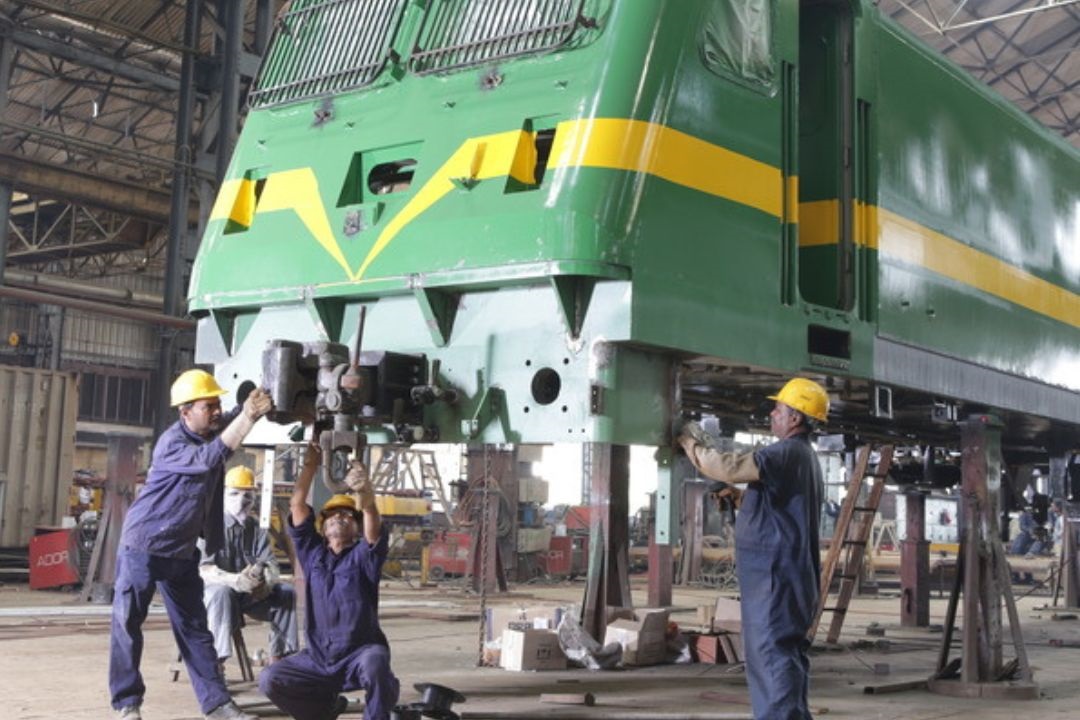Texmaco Rail and Engineering announced plans to reduce its reliance on government wagon orders by capitalizing on private sector demand and expanding exports. The strategy aims to boost margins and de-risk the company’s business model.
The company seeks to lower the government’s contribution to its rolling stock revenue from the current 80% to 70% by 2025-26, with a longer-term goal of achieving a 60:40 revenue split. Historically, government orders accounted for 90% of its business, but diversification efforts are steadily progressing.
“Our goal is to bring down the dependency to 70% without compromising quality and eventually shift to a 60:40 ratio,” said Sudipta Mukherjee, Texmaco’s managing director, during the 3rd Manufacturing and MSME Conclave hosted by Assocham.
As part of its growth strategy, Texmaco has acquired Jindal Rail Infrastructure for ₹615 crore, adding a specialized capacity of 2,500 wagons annually to its existing output of 12,000 wagons in Bengal. The company is also setting up a global capability center in Delhi to enhance international partnerships and plans to launch a global supply sourcing division by April.
This division will act as an aggregator for railway products and components intended for export markets. During the conclave, Mukherjee underscored the critical role of MSMEs in driving the economy and highlighted the untapped potential of India’s eastern region.
Texmaco Rail & Engineering Limited is a prominent player in India’s heavy engineering and rail infrastructure sector. Specializing in the manufacturing of rail wagons, coaches, and heavy steel structures, the company also provides EPC services for rail and metro projects.
Texmaco has played a key role in modernizing India’s railways with its cutting-edge technology and expertise in wagon and bridge-building solutions. It is committed to supporting the government’s initiatives like “Make in India” by enhancing the nation’s transportation and infrastructure capabilities. With its diversified portfolio, Texmaco serves both domestic and international markets, underlining its position as a leader in the rail engineering space.







